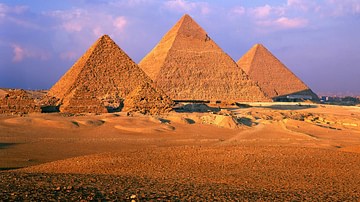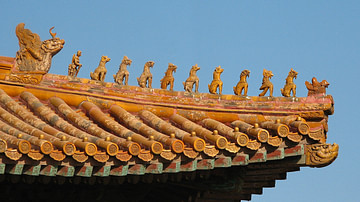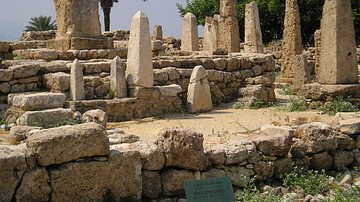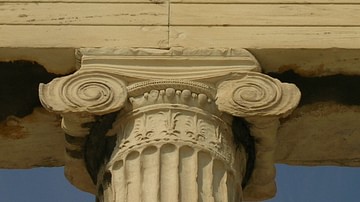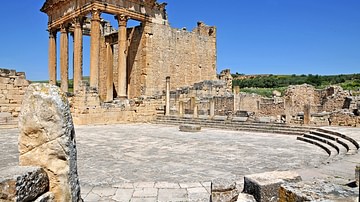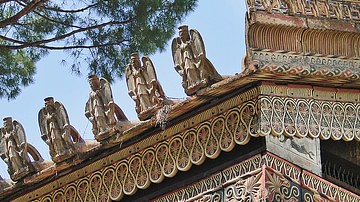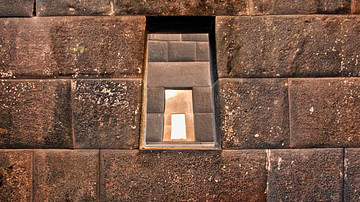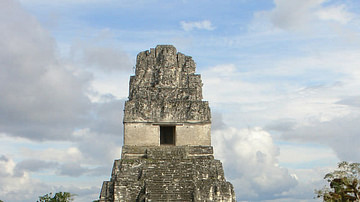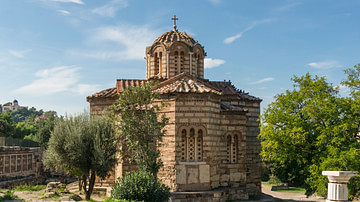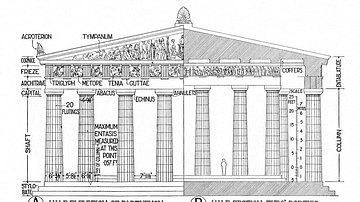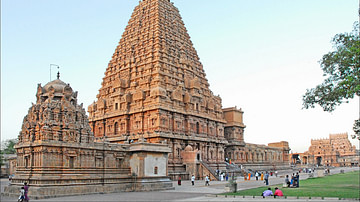One of the lasting contributions ancient cultures have made to modern life is architecture, both in terms of surviving monuments and their influence on contemporary buildings around the world. Ambitious rulers set up pyramids in Egypt and the Americas, while arches of one form or another dotted many Roman cities and Japanese sacred sites. Walls were another popular and often necessary feature of ancient landscapes, amongst the most famous being Hadrian's Wall in Britain, the Great Wall of China and the Theodosian Walls of Constantinople but there were many more besides. Theatres, amphitheatres and stadiums were all common features of ancient cities from North Africa to Western Turkey and are still being imitated today from Rio to Qatar.
The Classical architectural orders, adapted from Near Eastern and Egyptian prototypes, were first seen in Greece and then expanded by the Etruscans and the Romans, gaining such wide acceptance as a symbol of grand building schemes that few cities around the world today do not have a courthouse, opera house or public library with a facade bristling with classical columns. This collection examines all the above and more, including Hindu architecture and its complex mathematics and rules which are followed across the temple sites of the sub-Indian continent, the master masons of the Incas, and the still-influential churches of the Byzantines.
A lasting Greek architectural contribution to world culture was the stadium, named after the distance (600 ancient feet or around 180 metres) of the foot-race they originally hosted - the stade or stadion. Initially constructed near natural embankments, stadia evolved into more sophisticated structures with rows of stone or even marble steps for seating which had divisions for ease of access. Conduits ran around the track to drain off excess rainfall and in Hellenistic times vaulted corridors provided a dramatic entrance for athletes and judges.
